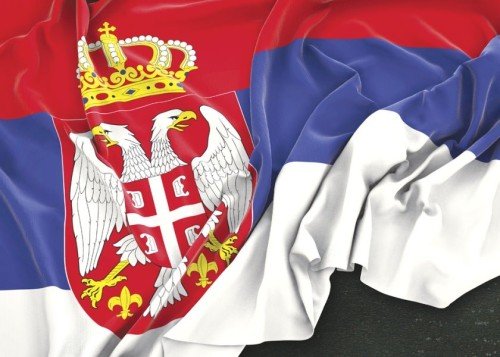
Introduction:
Language is a reflection of a nation's history, culture, and identity. As we embark on a journey to explore the diverse linguistic tapestry of our world, we cannot overlook the richness of the Serbian language. Spoken by millions of people, Serbian is a fascinating Slavic language that holds centuries of historical significance and profound beauty. In this blog post, we will delve into the unique characteristics, cultural influences, and intriguing aspects that make Serbian an enthralling linguistic treasure.
A Brief Historical Background:
The roots of the Serbian language can be traced back to the Slavic migrations in the 6th century. Over time, Serbian evolved into its own distinct language, shaped by the influences of neighboring cultures, such as Latin, Greek, Turkish, and Austro-Hungarian. Throughout history, Serbian has adapted and transformed, surviving various political and cultural challenges, yet remaining an integral part of Serbian identity.
Cyrillic and Latin Scripts:
One of the remarkable aspects of the Serbian language is its dual writing system. Serbian can be written using both the Cyrillic and Latin scripts, offering a visual representation of the country's cultural and historical complexities. The Cyrillic script is closely associated with the Eastern Orthodox Church and the rich literary tradition of Serbia, while the Latin script gained prominence during the period of Western influence.
Phonetics and Pronunciation:
The phonetic structure of Serbian presents a distinct charm. With its phonemic accent, Serbian gives weight to each syllable, enhancing the rhythm and musicality of the language. Additionally, the pronunciation is relatively consistent, with letters having clear sounds, which contributes to the ease of learning for non-native speakers.
Vocabulary and Expressions:
The Serbian lexicon reflects its intricate history, incorporating loanwords from various languages. Latin, Turkish, German, French, and Russian words have found their place in Serbian vocabulary, adding depth and nuance to the language. Serbian also possesses a wealth of idioms and expressions, which provide insight into the cultural mindset and values of the Serbian people.
Grammar and Morphology:
Serbian grammar exhibits a complex system of declensions, conjugations, and grammatical cases. The language features seven grammatical cases, allowing for precise communication and clarity of meaning. While this may pose a challenge to learners, it exemplifies the intricate nature of Serbian and its grammatical richness.
Cultural Significance:
The Serbian language acts as a gateway to the cultural heritage and artistic achievements of the nation. From the poetic works of Serbian literary figures like Vuk Karadžić and Ivo Andrić to the profound and emotive songs of traditional Serbian folk music, language serves as a vessel for preserving and transmitting cultural values across generations.
Conclusion:
The Serbian language stands as a testament to the resilience, diversity, and cultural depth of the Serbian people. Its complex grammar, dual writing systems, and extensive vocabulary highlight the linguistic treasure that Serbian represents. As we explore the depths of this captivating language, we uncover not only a tool for communication but also a gateway to understanding the intricate tapestry of Serbian history, culture, and identity.








